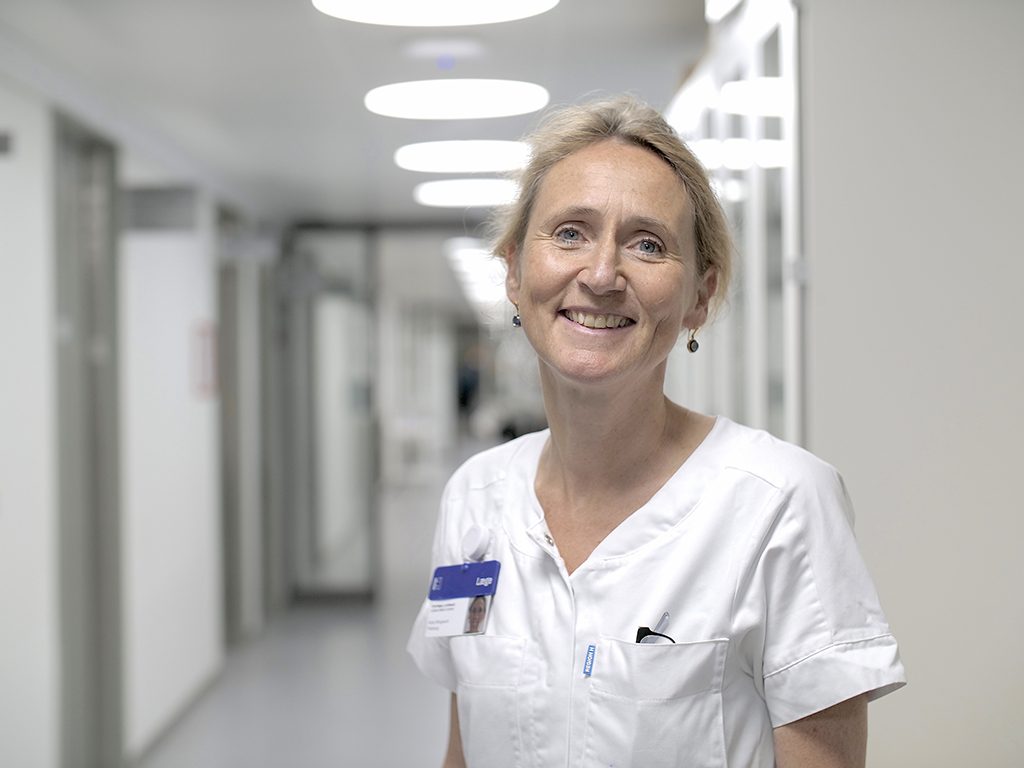Children conceived using in vitro fertilization with frozen eggs often weigh slightly more at birth than other children and may also have an increased risk of cardiovascular disease. Danish researchers are going to find out why.
Assisted conception through in vitro fertilization is becoming more and more common. About 1 in 12 children in Denmark are conceived in a petri dish in a laboratory so that people who would otherwise remain childless can become parents of a wanted child.
Technical advances have made the success rate of in vitro fertilization very high, but researchers have begun to discover some differences in the techniques that can affect the child’s life in the long term.
One thing research worldwide clearly shows is that children conceived using eggs that have been frozen weigh on average 200 grams more at birth than children conceived with eggs that have not been frozen.
Danish researchers will now investigate whether this is significant or not.
“We do not know the significance of being conceived from a frozen egg versus a fresh egg, but some small studies in Switzerland have indicated that this is associated with higher blood pressure and thicker and less flexible blood vessel walls, which increases the risk of developing cardiovascular diseases. We therefore need to examine this topic in a large and comprehensive study,” explains Anja Pinborg, Fertility Department, Rigshospitalet, Copenhagen, Denmark.
Anja Pinborg has received a 5-year Distinguished Investigator grant of DKK 8 million from the Novo Nordisk Foundation to realize the Health in Childhood Following Assisted Reproductive Technology (HiCART) project.
Differences between frozen and fresh eggs
In vitro fertilization can be carried out in different ways. The eggs are often collected from the woman’s ovaries for fertilization. The first attempt uses fresh eggs, and the rest are frozen at –80°C if later fertilization attempts are needed.
New freezing techniques at fertility clinics now enable 95% of the eggs to survive.
However, the children conceived using fresh and frozen eggs differ slightly. Children conceived using fresh eggs are more often born a little prematurely but children conceived using frozen eggs are not. Further, children conceived using frozen eggs weigh more at birth and may have a higher risk of developing cardiovascular diseases.
“These differences are not huge, but moderate, which makes further investigation relevant. This will influence improving how we organize vitro fertilization in the future,” says Anja Pinborg.
Epigenetic changes may cause the elevated risk of cardiovascular disease
If Anja Pinborg has to name a possible explanation as to why freezing the eggs might affect the child’s risk of developing cardiovascular diseases, then she is most inclined to focus on epigenetics.
“The factors to which we expose the eggs during freezing might cause epigenetic changes, which might change the communication between the egg and the uterus during pregnancy. The frozen eggs might emit some signals that can make small changes in early fetal development and cause the placenta to grow excessively, which affects both the baby’s weight and the later risk of developing cardiovascular diseases. However, remember that the increased risk is very small. Parents of children conceived using frozen eggs should not worry,” says Anja Pinborg.
Studying 600 Danish children
The research group includes researchers from the Fertility Department, Department of Growth and Reproduction, Department of Cardiology and Department of Neonatology of Rigshospitalet and researchers from Department of Cardiology, Herlev Hospital and Department of Obs/Gyne Nordsjællands Hospital in Hillerød. They will study 600 children 6–8 years old: 200 born without in vitro fertilization, 200 children conceived using fresh eggs and 200 children conceived using frozen eggs.
The researchers will examine the children extensively, including blood pressure, blood glucose and heart rhythm. They will also perform dual-energy X-ray absorptiometry (DEXA) scans, which find the ratios between types of tissue in the body, including the ratio of fat to bone.
The comparison between the groups will provide an overview of the risks that may be associated with various types of fertility treatment.
“I hope that we will find that conceiving a child using a frozen egg is not associated with any higher risk of cardiovascular disease. If this is the case, we need to inform fertility doctors, because many countries would prefer to use more frozen eggs because it reduces the risk of ovarian hyperstimulation syndrome and twin births. If, in contrast, we find an increased risk among children conceived using frozen eggs, we must try to use the freezing techniques only when necessary,” says Anja Pinborg.
Grant will enable the world’s largest study of its kind
Anja Pinborg says that she has not previously received such a large grant for her research, and that she is still euphoric.
“This is tremendously important for our research group and for the collaboration I have with other researchers, including Rikke Beck Jensen from the Department of Growth and Reproduction at Rigshospitalet and Per Lav Madsen from the Department of Cardiology at Herlev Hospital,” she says.
The major grant also enables the researchers to hire two PhD students, two MSc research students and four medical students to help realize the project and provide stability over the coming years.
“A grant of this size means that we can carry out a comprehensive project and get to the bottom of this topic. This is the only place in the world where researchers have received such a large grant to study the cardiovascular system and metabolism among children born after assisted reproduction,” says Anja Pinborg.

